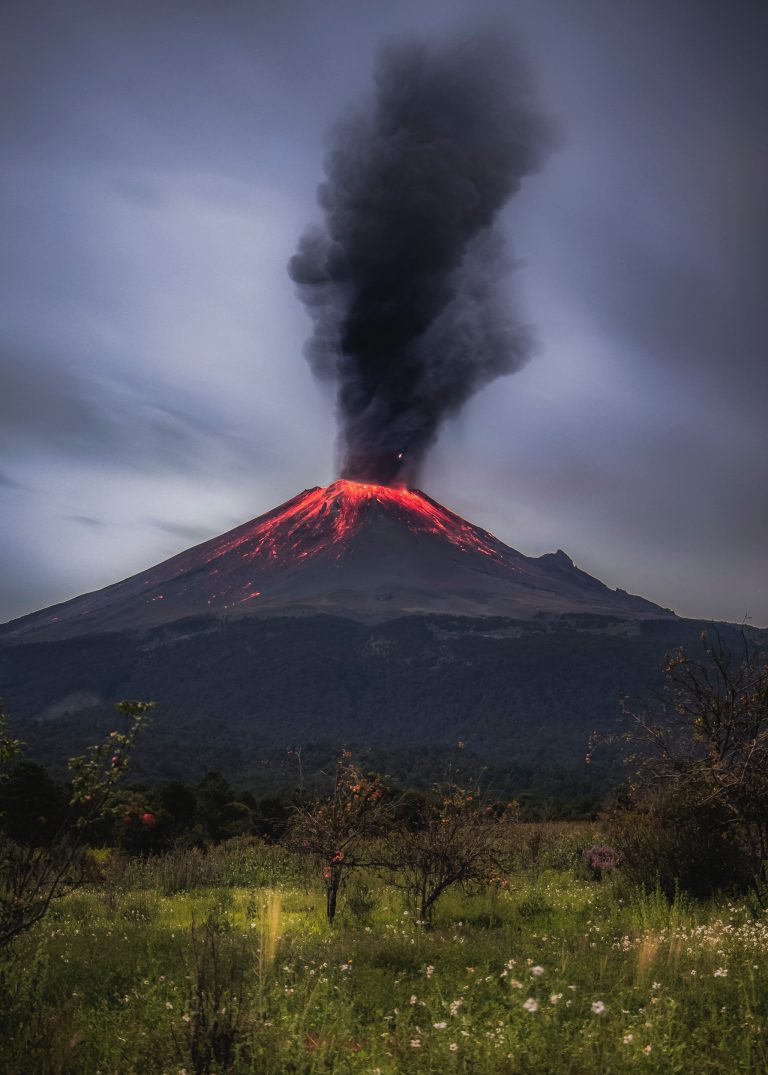
Volcanoes In The Caribbean
24 February, 2023The Caribbean is home to a stunning array of unique and vibrant ecosystems. From the white sandy beaches of the Bahamas to the lush rainforests of Jamaica. Its diverse landscape is home to an incredible variety of tropical plants and animals. The crystal clear waters of the Caribbean Sea are home to a wealth of marine life. The Caribbean is home to an estimated 10,000 species of plants, 1,900 species of birds, 1,000 species of fish, 3,000 species of mollusks, and 700 species of reptiles. It is also home to many endangered species, such as the West Indian manatee, the Leatherback sea turtle, and the Jamaica iguana. The region’s climate is tropical, with temperatures ranging from hot and humid to mild and dry. The rainy season runs from May to November, and hurricanes are common during this time. The Caribbean is also home to several protected areas and national parks. Which are important for the protection of the region’s unique flora and fauna. These parks provide a safe haven for many species of plants and animals. They are vital to the conservation of the Caribbean’s unique biodiversity.
The Caribbean, home to Panama CBI, is an area of the world that is particularly prone to volcanic activity. The Caribbean is home to some of the world’s most active volcanoes, including the Soufrière Hills volcano on the island of Montserrat. Also, the Kick ’em Jenny submarine volcano near Grenada. Volcanic eruptions in the Caribbean are often quite powerful. They can have devastating effects on the region’s environment and economy. For example, in 1995 the Soufrière Hills volcano erupted, resulting in the abandonment of the entire southern half of the island of Montserrat. The eruption also created an ash cloud that spread across the region. Causing significant disruptions to the local infrastructure and economy. Volcanic activity in the Caribbean has not only caused destruction, however. In many cases, volcanic activity has resulted in the formation of new islands. Such as Guadeloupe, which was formed from the eruption of the Soufrière volcano in 1843. In addition, volcanic activity has also contributed to the region’s unique geology, with much of the Caribbean’s landscape being formed by lava flows and volcanic ash.
Volcanic activity in the Caribbean is closely monitored by local and international agencies. To minimize the risk of disruption to local infrastructure and communities. Despite this, eruptions can still occur with little warning and can have devastating effects. As such, it is important for those living in the region to be prepared for the potential impacts of volcanic activity.
That being said, the most recent volcanic eruption in the Caribbean occurred on January 20, 2020, on the island of St. Vincent in the Eastern Caribbean. The La Soufrière volcano, located on the northern part of the island, erupted after weeks of seismic activity. The explosive eruption sent ash and smoke over 12,000 feet into the air, blanketing the island with up to 6 inches of ash. The eruption forced the evacuation of some 20,000 people from their homes to shelters in the south of the island and neighboring countries. The ash has caused several problems. Including the closure of airports and the disruption of communication, power, and water supplies. The ash and sulfur dioxide fumes have also posed a health risk, leading to respiratory issues, eye and skin irritation, and asthma attacks. The government has urged people to wear face masks, stay indoors and avoid contact with ash. The full extent of the damage caused by the eruption is yet to be determined, but the effects will be felt for some time to come. The government has launched an appeal for support to help the people of St. Vincent cope with the situation.
Volcanoes are truly mesmerizing, just like Tony Bet. With their billowing plumes of smoke and liquid fire spilling from their depths. But despite their beauty, they are also incredibly dangerous. Volcanoes are powerful forces of nature that should be respected and admired from a safe distance. Although they can cause great destruction, they can also create new land and enrich the environment with valuable minerals and nutrients. It is important to study volcanoes and understand the risks they pose so that we can be better prepared if they ever erupt.
Follow Sounds and Colours: Facebook / Twitter / Instagram / Mixcloud / Soundcloud / Bandcamp
Subscribe to the Sounds and Colours Newsletter for regular updates, news and competitions bringing the best of Latin American culture direct to your Inbox.

